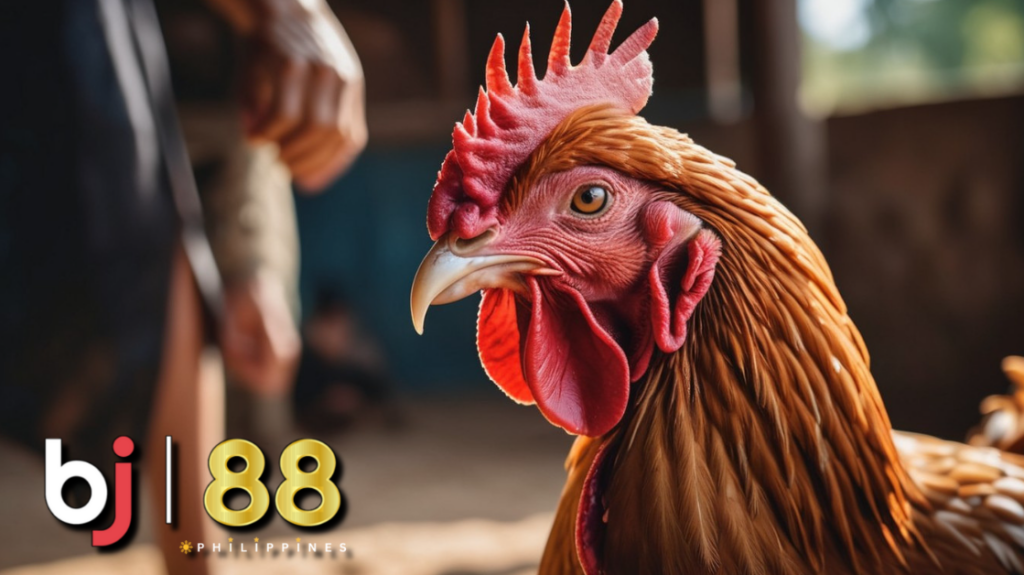In the world of cockfighting, the practice of releasing young stags is both a tradition and a strategic decision with profound implications. Delve into the insights of seasoned cockfighting breeders as they shed light on this age-old practice and its significance in shaping the future of the sport. Join us on a journey to uncover the mysteries behind releasing young stags in the world of cockfighting.

Cockfighting, a centuries-old tradition steeped in culture and strategy, continues to captivate enthusiasts around the globe. Behind the scenes, cockfighting breeders play a pivotal role in shaping the sport, meticulously selecting and conditioning roosters for the rigors of the cockpit. Among the many decisions breeders face, the practice of releasing young stags stands out as a topic of both fascination and debate.
Releasing young stags involves setting free immature roosters into the wild or rural areas to mature naturally before they are brought back for training and eventual participation in cockfighting matches. This practice, rooted in tradition and practicality, has long been employed by breeders seeking to develop strong, resilient roosters capable of thriving in the competitive arena of the cockpit.
THE TRADITION OF RELEASING YOUNG STAGS
An Age-Old Tradition The practice of releasing young stags dates back centuries, with its origins deeply intertwined with the cultural heritage of cockfighting. Historically, breeders recognized the value of allowing young roosters to roam freely in their natural environment, where they could develop strength, stamina, and survival instincts essential for success in the cockpit.
Nurturing Natural Instincts Releasing young stags allows them to develop natural instincts and behaviors that are crucial for their performance in the cockpit. In the wild or rural areas, young roosters learn to forage for food, establish pecking orders, and navigate social dynamics—all of which contribute to their overall development and readiness for the challenges of cockfighting.
THE PRACTICALITY OF RELEASING YOUNG STAGS
Genetic Diversity and Adaptability Releasing young stags promotes genetic diversity and adaptability within a breeder’s stock. By allowing roosters to mature naturally in diverse environments, breeders can identify and select for traits that enhance performance and resilience. This diversity strengthens the genetic pool and ensures the long-term health and competitiveness of the breeder’s birds.
Cost-Efficiency and Sustainability From a practical standpoint, releasing young stags can be a cost-effective and sustainable approach to cockfighting breeding. By minimizing the need for intensive care and resources during the early stages of a rooster’s development, breeders can reduce overhead costs while fostering robust, self-sufficient birds that are better equipped to handle the demands of the sport.
Conclusion:
In the dynamic world of cockfighting, the practice of releasing young stags serves as a testament to the ingenuity, tradition, and practicality of breeders seeking to cultivate champion roosters. Rooted in centuries-old traditions and guided by practical considerations, this practice plays a crucial role in shaping the future of the sport. As enthusiasts continue to explore the intricacies of cockfighting breeding, the insights of seasoned breeders shed light on the profound significance of releasing young stags in nurturing strong, resilient, and competitive roosters for the cockpit.
